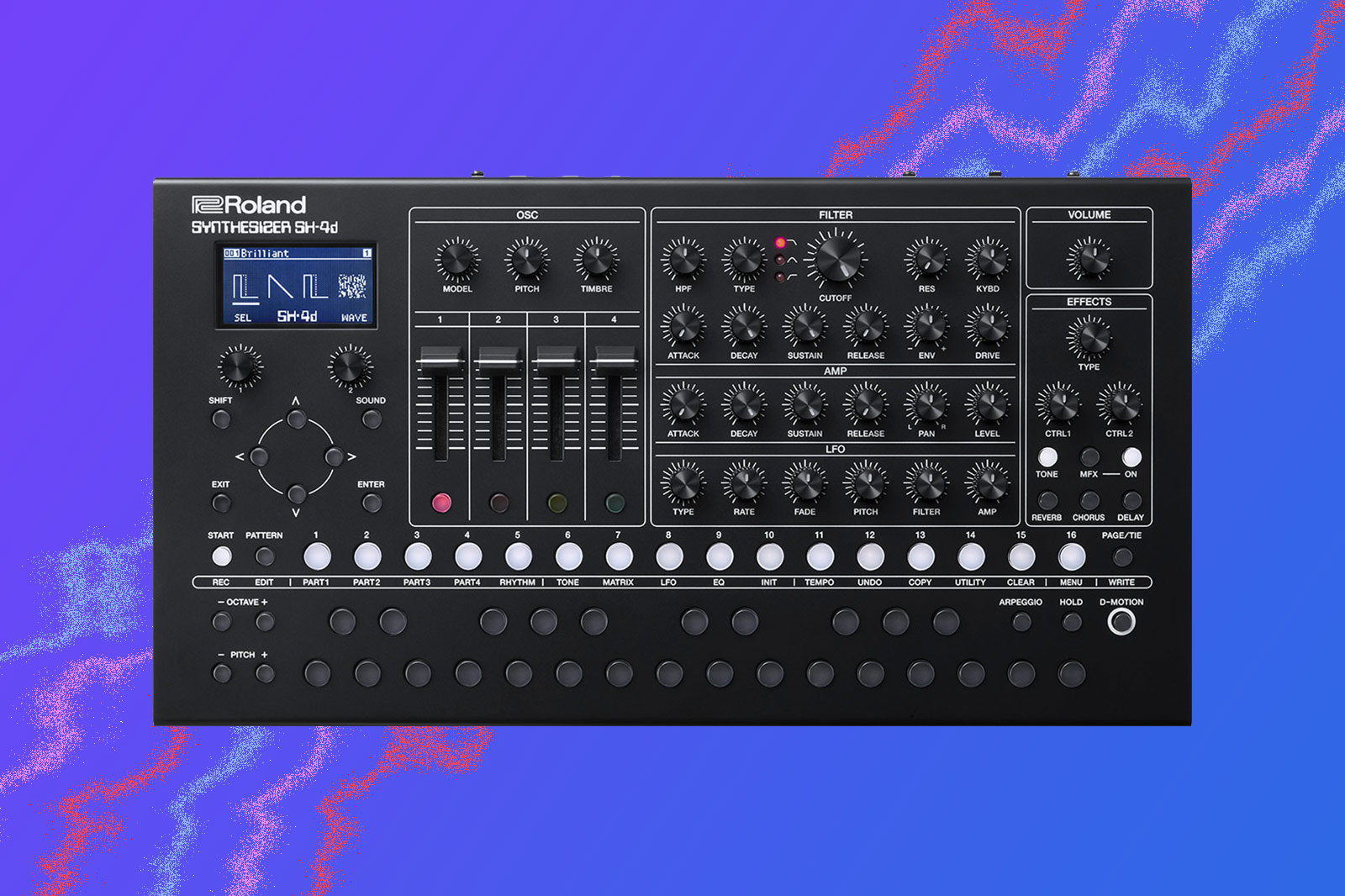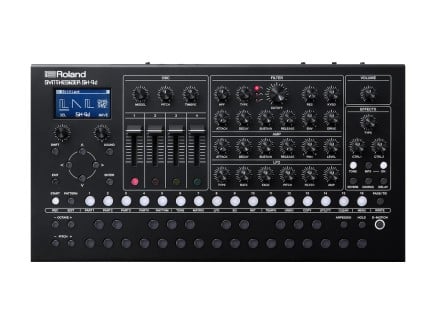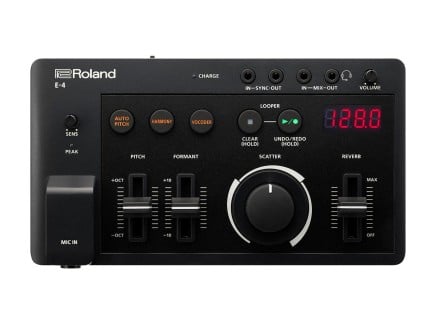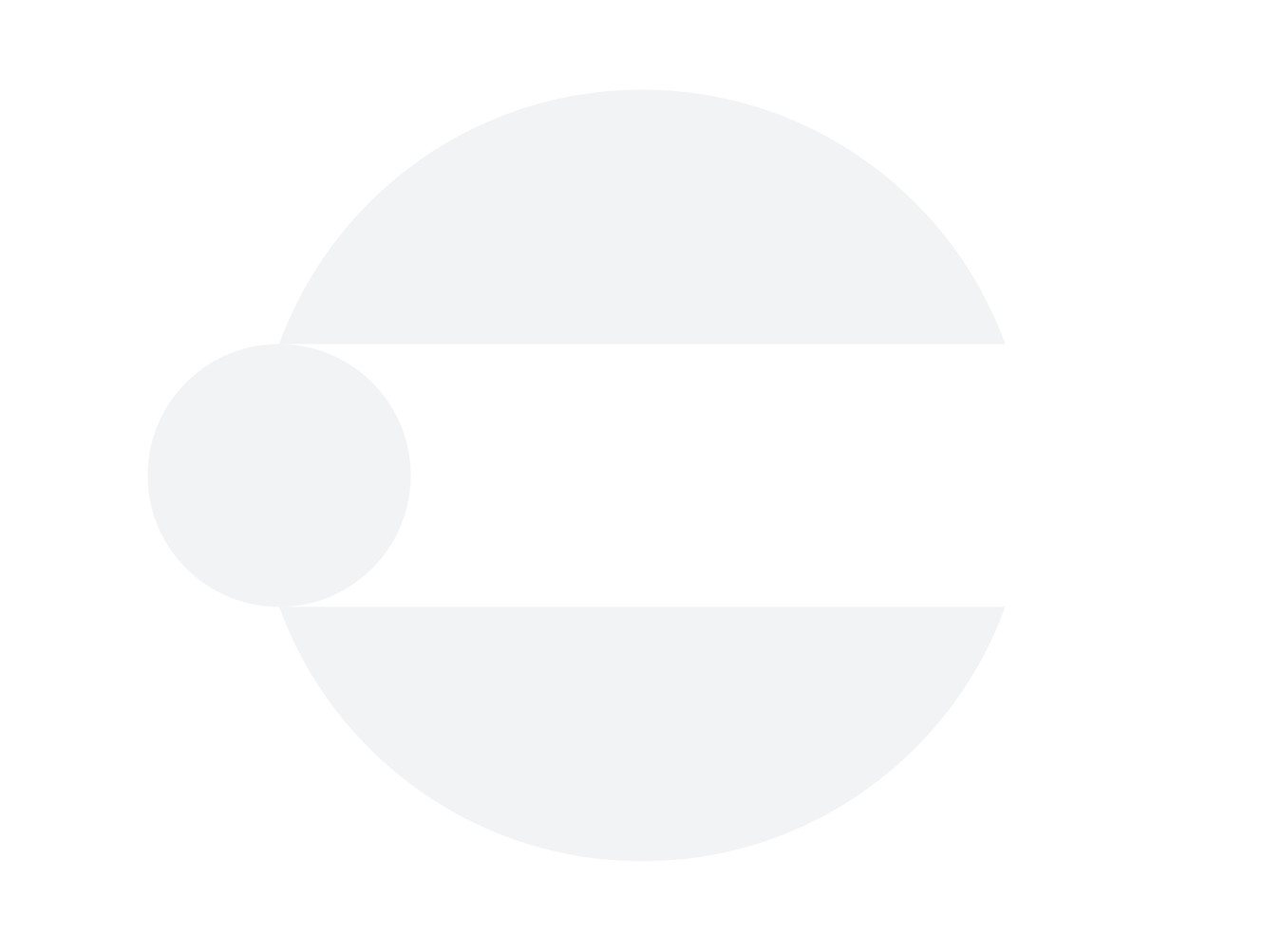Roland's SH-4d is a compact desktop synthesizer + groovebox with four distinct synth parts, a rhythm part, and a flexible multi-timbral/multi-track sequencer. So, don't let its small size fool you: SH-4d is a powerful tool for making intricate, evolving sounds and sequences. Best of all, it was designed to be a truly hands-on instrument. There are loads of knobs and minimal menu diving, and most parameters have dedicated front-panel controls—so, for the most part, what you see is what you get, and you'll be able to get started making music in no time.
Of course, SH-4d comes from a long line of similar products from Roland. Of course, its name hearkens back to countless SH-series synthesizers. But its combination of a dedicated rhythm machine and multi-track/multi-timbral synthesizer engine also reminds us of their long-running tradition of building "grooveboxes": all-in-one music production stations designed specifically for the creation of electronic music. Roland has explored this concept since the mid-'90s, with the introduction of the MC-303 Groovebox…and frankly, they've never stopped. Building on concepts from early devices like the TR-808/909 drum machines and TB-303 bass synthesizer (with their built-in sequencers), a "groovebox" is a music production station where you don't need to worry about fiddling with a computer, a DAW, or dialing in MIDI connections between loads of different gear. Instead, you can sit down with a single device and learn it like an instrument, building entire tracks with a workflow designed specifically for production.
As time has gone on, this concept has taken many forms, from the MC-909 to the more recent MC-101, MC-707, and even the Aira Compact T-8. But today, the SH-4d takes the all-in-one groovebox concept in a slightly different direction: one that provides tons of different soundmaking methods, and one that provides an unprecedented number of hands-on controls for live performance. Containing countless sounds from several generations of classic Roland gear and many entirely new Roland tones, it's sure to inspire any producer looking for a new way to create—so let's take a quick look at what it contains, and how it works…starting with the core of the instrument's sound: the eleven OSC models.
Sound in the Roland SH-4d
Sound in the Roland SH-4d travels along the same signal path as with most classic Roland synthesizers: sound originates at the oscillators, goes through a gentle highpass filter, onward to a resonant multi-mode filter, and then hits an amplifier stage (and then onward to per-track and global effects, which we'll discuss a bit more later). The multi-mode filter and amplifier each have dedicated ADSR envelopes, and an assignable LFO can be used to modulate many of the synth's internal parameters. There are four polyphonic synthesizer tracks, each of which can have completely distinct sound settings, great for building up layered tracks and beats. Much of the sonic interest is generated from the oscillators themselves, which can use one of eleven distinct OSC models—so let's take a look at what these are and how they sound.
The eleven OSC models provide quick and easy access to everything from classic analog-inspired to modern digital sounds. When switching oscillator models, the four sliders change in function to suit the current model. The new SH-4d Model gives you the ability to create huge analog-esque tones by layering up to four different virtual analog oscillators. You get access to a variety of waveshapes (including supersaw and noise!), which can be selected individually for each of the four oscillators. Most of the shapes has a "morph" parameter, allowing for even more variation in tone, and each oscillator can have independent tuning and level settings…great for stacked sounds, clusters, and more. The SH-3D model is similar, but swaps the fourth part for an extra LFO, which can be assigned to a number of parameters—great for extra movement.
The Chord model, reminiscent of the Aira Compact J-6, allows you to create chord changes with single notes and a few tweaks of the sliders. The legacy SH-101, Juno-106, and PCM (sample-based) Models enable easy access to several flavors of classic synth tone, and the Ring and Sync models give you deep hands-on control of everything from subtle/classic ring modulation and oscillator sync tones to much more extreme sonic manipulations. The PCM mode gives you access to ~50 sampled tones, from noise and FM sounds to lo-fi marimba and piano samples. You can layer four PCM tones for more complex sound structures. The Sync mode features a dedicated A/D envelope with controllable depth, so that you can create sync sweeps without tying up your LFO or ADSR envelopes. The Ring mode allows you to ring modulate two oscillators (each with selectable waveshape), with additional controls for FM, waveshaping, and more.
But that's not all: there are three contemporary models which take a dive into more complex, edgy, cutting-edge digital tones. These include the Cross FM model, a complex two-operator FM algorithm for everything from classic FM tones to digital noise—complete with standard tuning/mod depth controls and additional waveshaping parameters. The Wavetable model is ideal for smooth, complex, continuously evolving tones, using 31 pre-set wavetables as a starting point for your sonic explorations. The built-in tables range from smooth/clean to quite abrasive—and of course, you have a number of ways of modulating the table position for everything from slow evolutions to jarring changes. My personal favorite OSC Model, the Drawing Model allows you to design your own waveforms from scratch, creating as-of-yet unheard sounds.
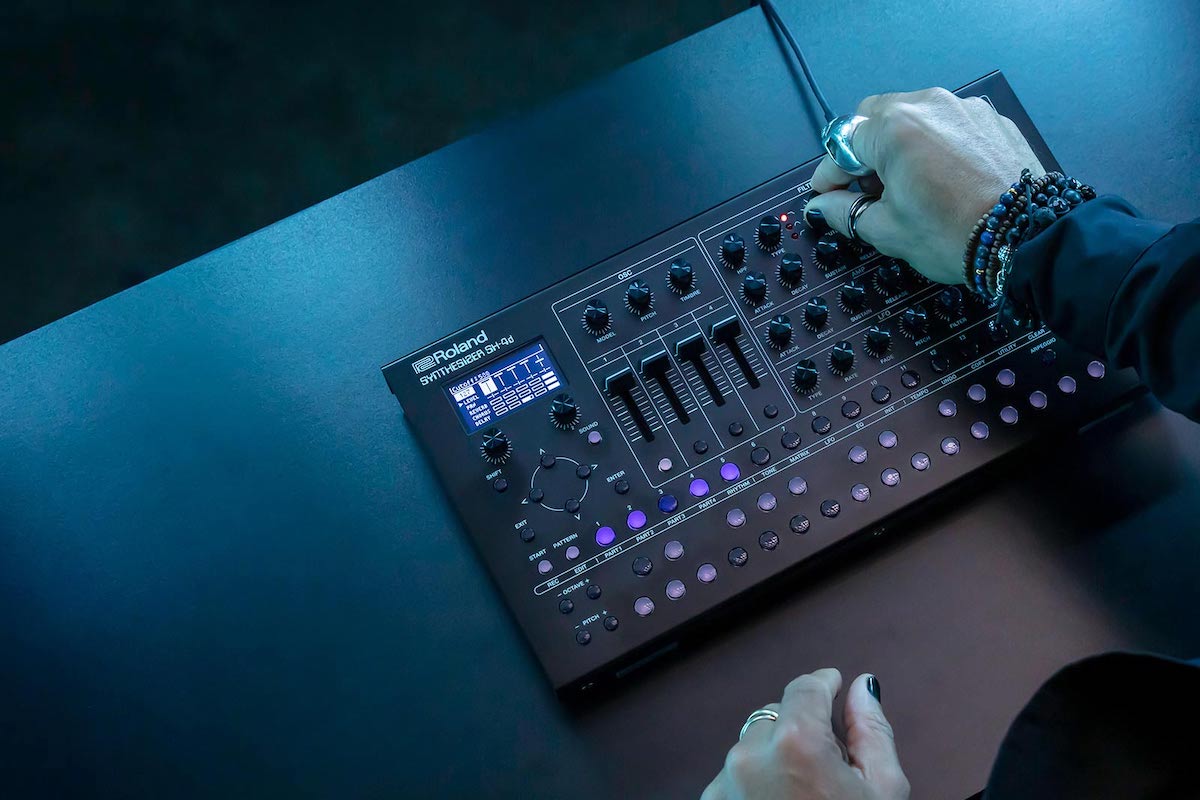
From there, your sound passes through a standard synth architecture with dedicated controls for every parameter. You get a filter section with a highpass filter and a multi-mode filter (with highpass, bandpass, and lowpass modes), filter drive, and a dedicated ADSR envelope; the following Amp section offers a dedicated ADSR envelope and pan control. The LFO section has dedicated controls for shape, rate, fade-in time, and individual knobs for determining its influence over the pitch, filter, and amp, respectively. Of course, there's more to the modulation than just that—there's an internal modulation matrix where you can assign LFOs, envelopes, or even external MIDI sources to modulate all of the important parameters.
The Rhythm part includes 49 pre-defined kits and 64 user slots. A kit contains up to 26 instruments, each of which has two layered waveforms, dedicated EQ, and several synthesis functions for getting your sounds just right. You'll have access to sound selection for each of the two per-instrument layers, pitch envelope, per-layer tuning, FM, plus the same multi-mode filter and amp settings possible in the synth engines. You also get per-instrument effect send levels, great for building layered rhythm tracks.
The effect section has five effect slots: three sends, and two insert effects. The sends (for reverb, chorus, and delay) are global—but you do have per-part send levels, so you can still control the amount of each effect applied to each of your layers. Each effect slot allows access to many types—different styles of delay, reverb, or chorus for the global slots, and many more for the per-track insert slots (filters, phasers, other modulation effects, distortion, rhythmic effects, pitch shifting, and more). Each effect type has several parameters for easy customization. They're every bit as deep as the synth engines themselves, and can do everything from intense rhythmic effects to shimmer reverb and much more.
Sequencing & Control
The integrated multi-timbral sequencer works in tandem with the integrated button-style keyboard to make sequencing a breeze—either for short loops or for full-fledged multi-track compositions. SH-4d has up to 60 note polyphony as well, so you'll never despair for lack of resources: there's enough sound in here to build full tracks, easily.
You can enter notes step by step, or real-time record into the sequencer...and when you're done, you can still fine-tune note velocities and other parameters after the fact. Plus, you'll get access to note probability, reverse playback, random playback, first/last step controls, and sub-step sequencing—loads of sonic potential both in the realm of detailed editing, and on-the fly performance. You also have the ability to add motion sequencing to desired parameters for "parameter lock"-esque sound tweaks (with up to four motion sequencing parameters per track)
Speaking of performance...there's more. There is a typical arpeggiator, as well as a "Visual Arpeggio" feature, a physics-based arpeggiator mode that allows you to create note patterns by controlling engines like "bounce," "bubble," an Etch-a-Sketch-esque sequencer, "Pong" (yep, Pong), and "Orbit." Several of these modes can interact with built-in "D-motion" motion sensors…so you can literally pick up the instrument and use its X/Y movement to control the Visual Arpeggio, or as a modulation source. Pretty rad.
Add to that an engine of renowned Roland effects (both per-track and global), battery power, and extensive connectivity options (for MIDI, analog clock, and even audio over USB-C)? SH-4d is one of Roland's most exciting synthesizers in a long time; and we're sure that it'll be great for anyone looking for a powerful, portable, inspiring instrument. Making music on the go? Looking for the next addition to your synth-based studio? Or just need an all-in-one groovebox for building out full tracks and albums? SH-4d can do it all, and more.

